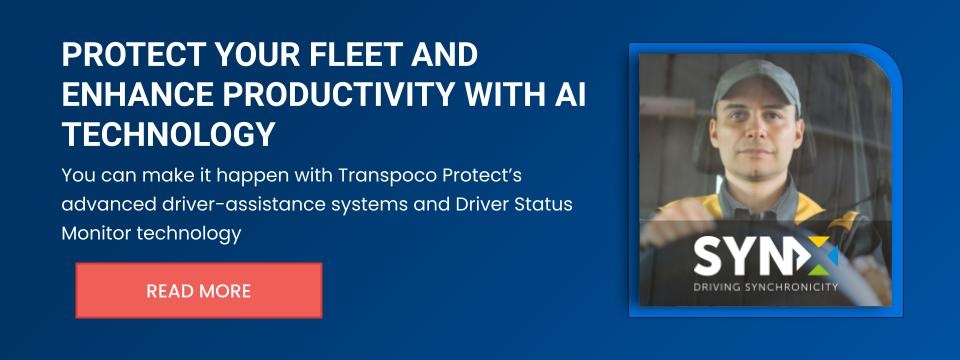
At present, and unsurprisingly, ambitious decarbonization objectives are being pursued globally to achieve zero-emission targets. The EU has set a goal to become carbon-neutral by 2050, involving a 55% reduction in emissions by 2030. In the UK, the Zero Emission Vehicle (ZEV) mandate and CO2 emissions regulations require manufacturers to incorporate zero-emission vehicles in their product lineup. By 2030, 80% of new cars and 70% of new vans sold in the region must be zero-emission, with the ultimate goal of reaching 100% by 2050.
Electric vehicles are gaining increasing traction in meeting this challenge. The UK’s electric vehicle fleet surpassed 1.04 million cars in 2022 (including battery-electric, plug-in hybrid electric, and extended-range electric vehicles). In Ireland, there has been a remarkable surge in the registration of new electric vehicles in 2022, up by 81% year-on-year, with 15,462 new electric vehicles licensed compared to 8,554 in 2021.
Benefits of EV Adoption for Fleets
Adopting electric vehicles helps companies meet environmental and sustainability goals by utilizing lower-emission vehicles. Government fleets, especially those with stringent requirements for reducing carbon footprints, are leading the way. Beyond environmental considerations, EVs offer lower maintenance costs, reduced wear and tear, and operational savings due to the stability of energy prices, which, despite fluctuations, are more predictable than fossil fuel prices. Government incentives and adoption schemes are also contributing to the decreasing cost of electric vehicles.
From a safety perspective, electric vehicles undergo the same rigorous safety testing as combustion engine vehicles.
Challenges in EV Adoption
Fleet managers who have yet to embrace EVs face common challenges:
- Infrastructure: Establishing and maintaining charging infrastructure can be expensive.
- Range: While this aspect is rapidly evolving, the range of electric vehicles offered by manufacturers is still somewhat limited.
- Cost: Despite government incentives, there are upfront costs associated with switching to EVs, which may not align with budget constraints.
For those wondering, "Where do I start?", it's normal to feel overwhelmed. To begin the journey towards fleet electrification, you need a strategic approach.
Assessing Fleet Readiness for EVs
While opinions may abound, it's crucial to make data-driven decisions. Follow these steps:
- Identify vehicles for replacement: Review vehicle utilization, distances driven, and the primary location of activity to determine charging infrastructure availability.
- Run tests: Before making the leap, conduct tests on your existing fleet to evaluate compatibility and efficiency.
If you encounter challenges in initiating this transition, feel free to contact us. We can assist you with a comprehensive EV Suitability Report and guide you through the process.





